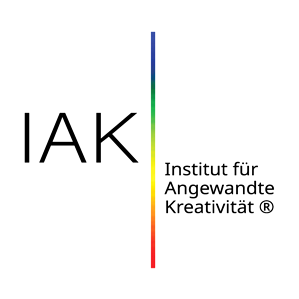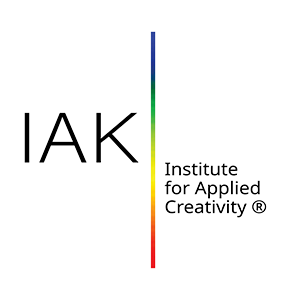28 Mrz Ausgabe 1: Design Thinking
[vc_row enable_fullwidth="Yes" enable_element_fullwidth="Yes"][vc_column][vc_column_text]Was ist Design Thinking? Design Thinking ist ein „nutzerorientierter“ Ansatz, um Innovationen in Organisationen voranzutreiben und umzusetzen. Der Fokus auf dem „Nutzer“ – also der Anwender, Kunde, interne Mitarbeiter – spielt dabei die entscheidende Rolle, um sicherzustellen, dass die Veränderung auch den – bewussten...






